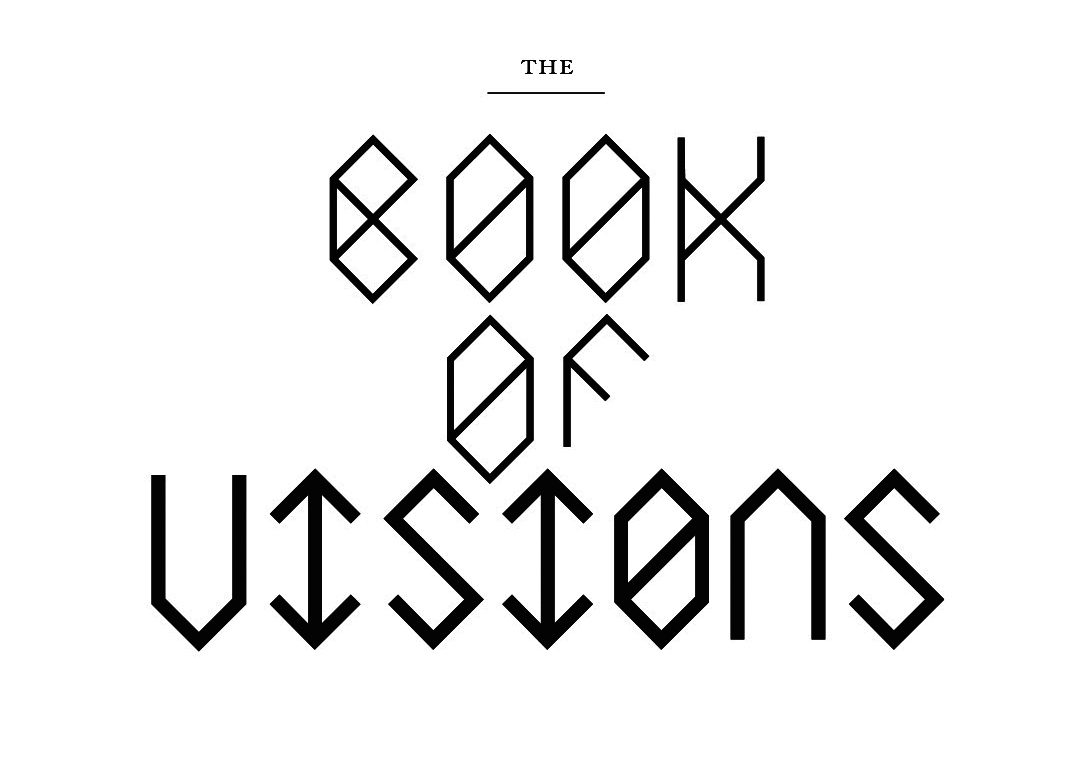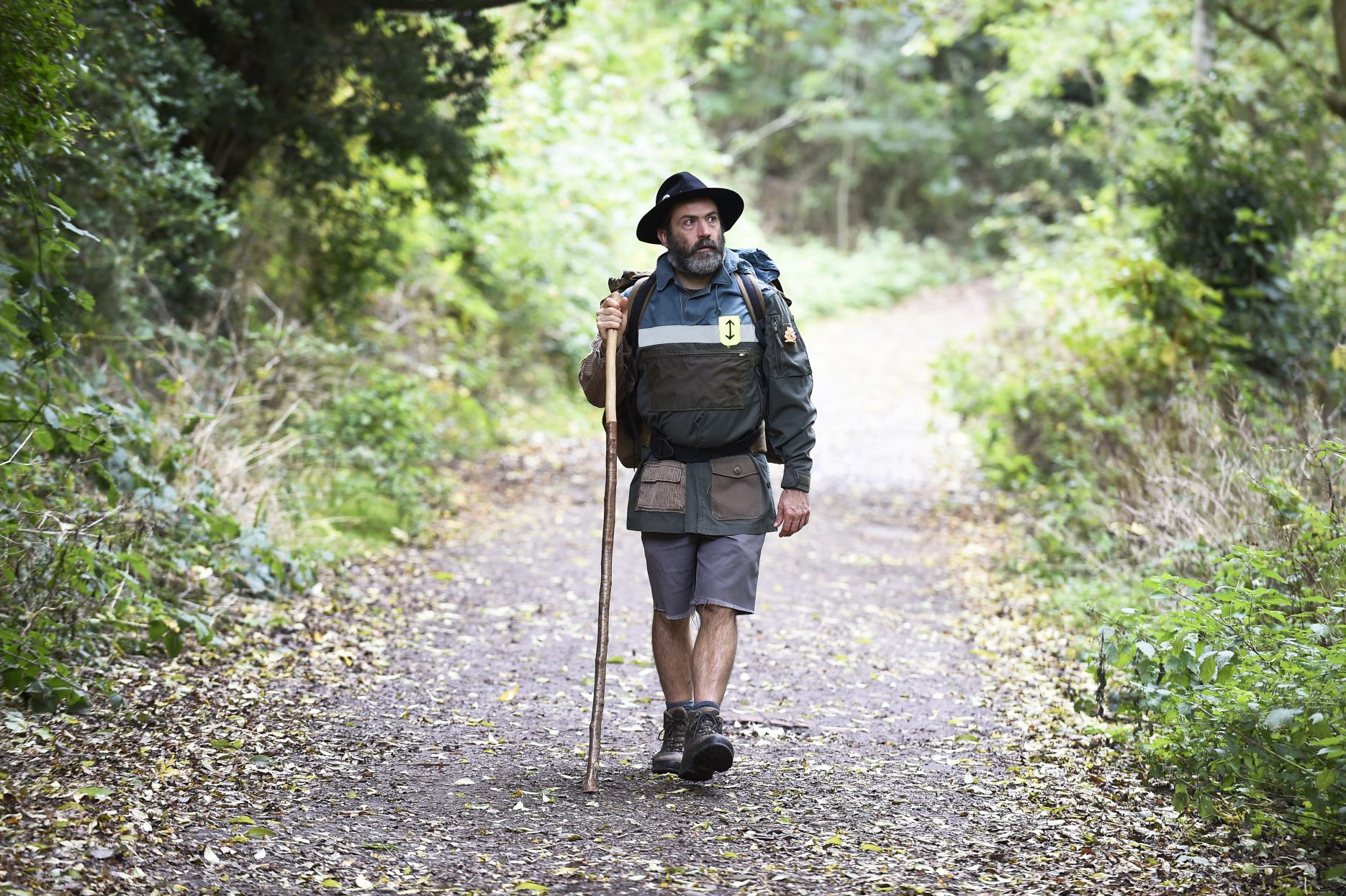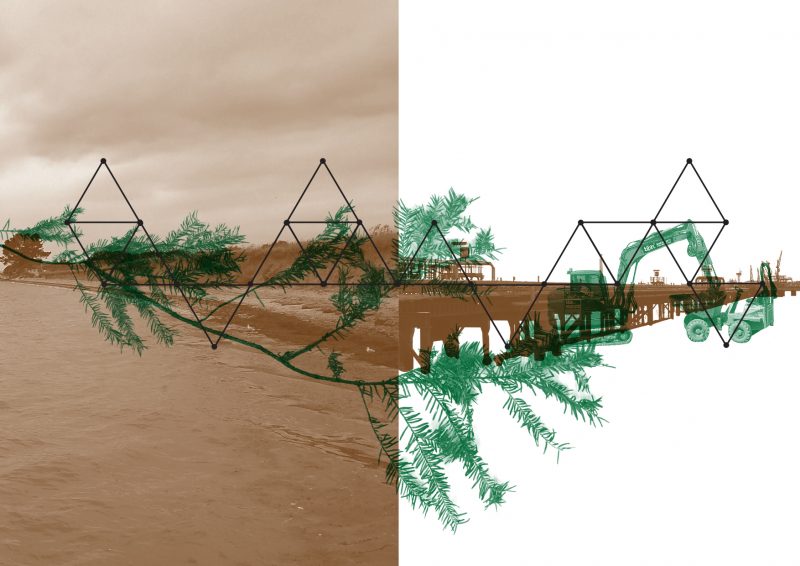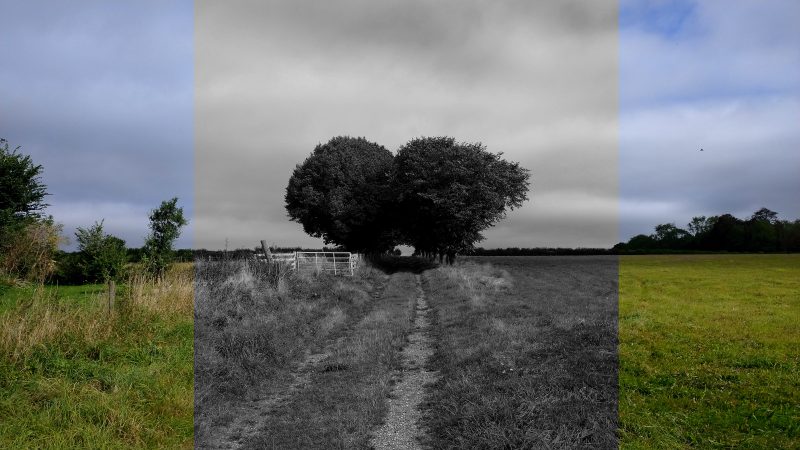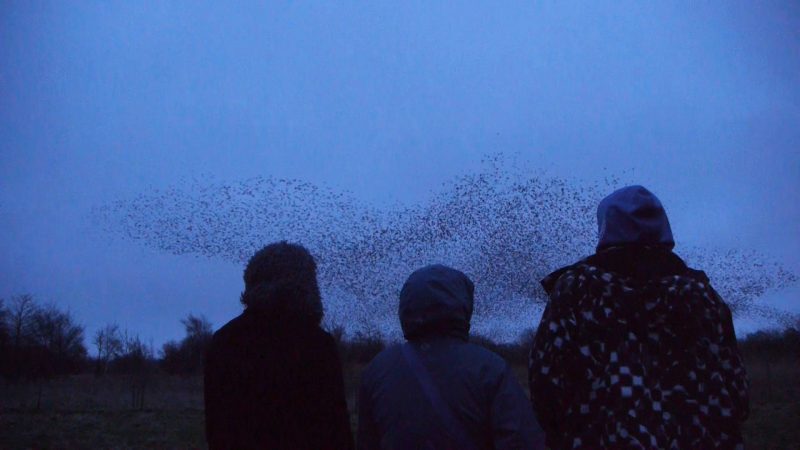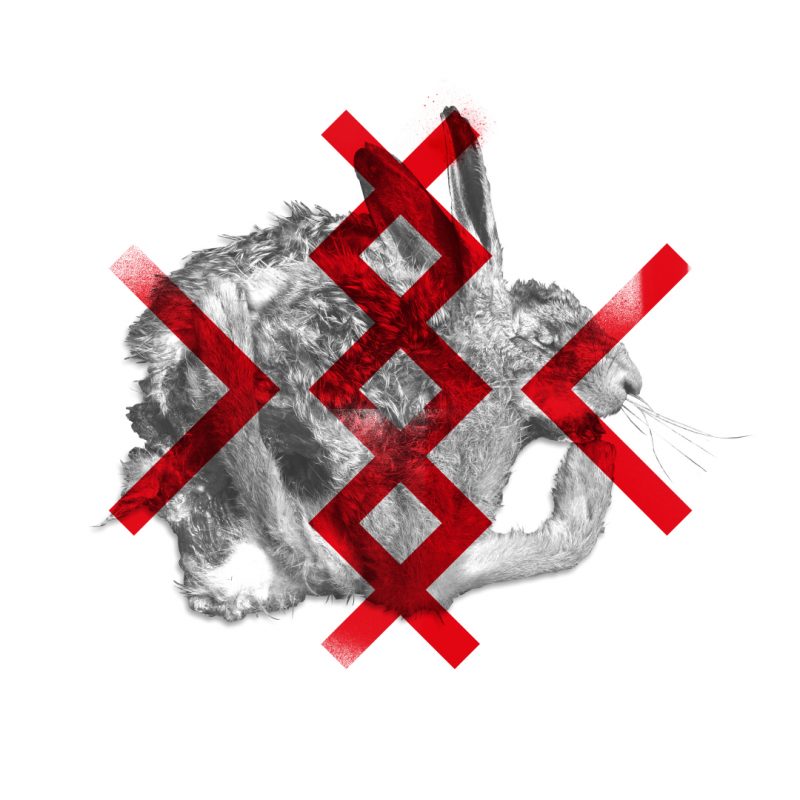Day #10
Setting off from a friend’s house in Brighton. He is a solar power expert and on his way to visit a client so gives me a lift to the top of Devil’s Dyke, where we finished walking the final stretch together a few weeks previously. The top is enshrouded in thick fog and I wave goodbye and set off walking. It is early November and the tree forms looming out of the fog are more skeletal now.
A friend recently suggested that I could be more compassionate towards myself. It’s not the first time but this time it lands. I sit on a bench at the head of the dyke and close my eyes, feeling my way back into the walking, finding myself here. When I open my eyes ten minutes later the fog has lifted completely and morning sun glistens on one side of the steep valley. As I stand and lift my pack on, a crow lands where I was sitting and cocks its head at me. As I head off a wild pony makes a beeline for me and stops me in my tracks, gently butting and purposefully nuzzling my chest. Later in the afternoon a roe deer emerges from the undergrowth a few metres in front of me. We remain gazing at each other for a few minutes as I edge closer, until she languidly turns and skips away. We share something that I can’t put my finger on. All these interactions feel like manifestations of a different kind of attention. In the evening I read from a publication called ‘Tender Order’, compiled by artist Jade Montserrat, and fall asleep mulling over her notion of inter-species respiratory systems.
Day #11
I hook up with my co-pilgrim for this stretch and we walk east out of Lewes into a disarmingly quiet rolling chalk landscape. The houses in the villages we pass through have a uniform sense of restraint, even frugality, and feel somehow out of time. It transpires that they all fall within the Firle estate, from whom they are rented. In Firle village itself, there is a distinctly leftfield feel to the village shop and church, where we find parish notices quoting Mohammed Ali, reproducing Mary Oliver poems and referencing Joanna Macy’s work. There is also a stained glass window in homage to William Blake. Chiz lives in Bristol and feels that this kind of reaching beyond the traditional boundaries of Christianity is something he is noticing more and more in churches. Towards dusk our heavy packs are given stony looks by the Barbour-clad occupants of six landrovers, an implied violence I am becoming used to. Long after dark we settle into a small copse high on the downs behind the Long Man Of Wilmington and gaze up for hours through gnarled hawthorn branches, from our warm bivvy bags, watching celestial movements.
Day #12
Chiz receives a morning phonecall from a friend, who turns out to have been in a band that I saw perform completlely naked at a free festival in Bristol in the early 1990s. In the light of day we find the Long Man, a seventy metre tall, possibly also naked, chalk figure, holding a staff in each hand. Walking into Wilmington, we fall into a conversation about the conceptual rebirth of this pilgrimage as an act of decolonisation of the imagination; a ritual act of self-care, picking my way quietly through the internal and external debris of this most disastrous era of human history. ‘And into what?’ asks Chiz, but all I can say for now is that I’m walking away. I think of this intention towards self-care as the first act in a wider process of caring, in the same way that turning my thoughts towards self-compassion seemed to unwittingly manifest deeper engagements with animal and landscape a couple of days before. Drawn into the churchyard we find a huge and ancient yew, propped up by large beams – another dying system and its supporting technologies. Later, as the sky darkens, we enter what seems to be known as ‘1066 Country’, a sleight-of-hand by which we somehow celebrate invasion and historical land theft on a grand scale, while in precisely the same geographical location, we block lifeboats from saving from drowning those seeking sanctuary on these shores. What is a culture that actively severs lifelines?
Day #13
Yesterday Chiz told me about someone he knows, directly descended from Norman invaders, who longs to shed the responsibility of his title and the association with historical power and acts of violence. People must become institutionalized within systems of power and violence, especially when it’s entangled with family history. What if self-care could be a way of letting go of all that? The walking today is hard and relentless, I have run out of energy. A 1066 Country information board informs me that ‘hjem’ is the Saxon word for home. Today puts me past the halfway mark of the whole pilgrimage, so my thoughts turn to what it means to re-orient oneself towards home. The wonderful work of A School Called Home may both shed some light and cloud the water here when they suggest that “to be homeward bound is to have turned aside, to have left the big path, the one big path that was meant to lead to the future; no longer to be in service to its promises, and to ask what else is worth doing with the time we may have left.” I feel like these are the maps I’m navigating when I think about what I’m doing with this pilgrimage, and maybe why I find it so difficult to talk about. I was floundering around trying to explain myself to an artist recently and when I’d ground to a halt, I asked what he’s working on. “I don’t talk about work in progress” came the immediate answer. I realized that I feel compelled to shed light on what I’m doing, even for myself. I want to not just make the map as I go, but share it at the same time, when maybe all I need is more words for not knowing.
